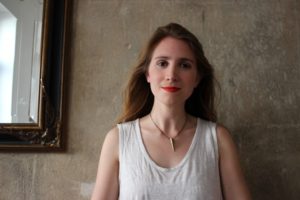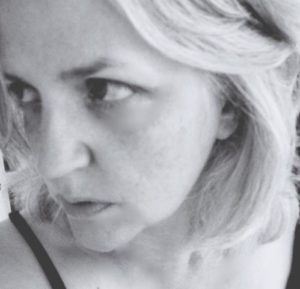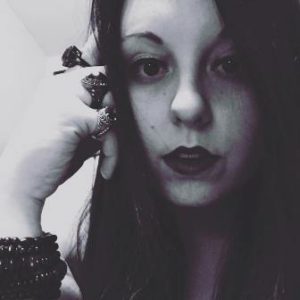Welcome back for the final installment of our Women in Horror Month roundtable! February went far too quickly this year!
The last couple weeks, we’ve discussed favorite female authors writing today along with challenges that women in horror face in the industry. Today, to wrap things up, let’s talk about the future of horror and what these seven amazing authors have in the works!
What are your hopes for the future of horror? In what ways could we all be striving to make the industry more equitable for everyone?
CHRISTINA SNG: I hope to see exciting new ideas and stories bringing horror to the masses, like how Linda Addison’s poem inspired Jamal Hodge’s film MOURNING MEAL and how Josh Malerman’s BIRD BOX was simply revolutionary to me. And on that note, blind readings. That’s the most equitable way really. Let the work sell itself.
STEPHANIE M. WYTOVICH: I want to see a horror genre that is more inclusive and diverse (especially with our anthology TOCs), and I think we’re making strides to get there, but I also think we need to continue to be welcoming and supportive of book reviewers and all the work that they do for us. For instance, Ladies of Horror Fiction is doing a magnificent job of promoting and supporting women in the field, and then services like Nightworms, which is a monthly curated horror-to-read-and-review delivery service, is a unique approach to reading/reviewing, not to mention a wonderful marketing tool to/for our genre.
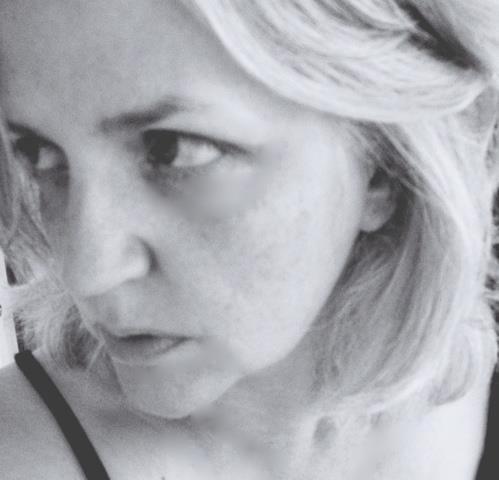 S.P. MISKOWSKI: We can all recognize that the genre has room to grow. Competitiveness in horror is self-defeating. It makes people look stupid and bitter. More diversity, a wider range of styles and approaches and experiences, can only make things more interesting.
S.P. MISKOWSKI: We can all recognize that the genre has room to grow. Competitiveness in horror is self-defeating. It makes people look stupid and bitter. More diversity, a wider range of styles and approaches and experiences, can only make things more interesting.
Accept the fact that change requires action. A correction is needed before things become equal (and once that happens, we can stop trying so hard). This is where we are, on the verge of great changes, but we’re not there yet. To get there, you do have to plan some outreach. If you want talented women and people of color to contribute to your anthology, you might have to introduce yourself. You might have to be explicit in stating how open you are to diversity in fiction.
JULIA BENALLY: My hopes for the future of horror is that regardless of gender, people can publish good horror stories that send chills up the spine, that there won’t be anymore of this backbiting, statement-making, and offended-at-everything-under-the-sun bull crap that’s going on now, and that strong male and female characters can be accepted together, along with the weak ones, be whatever gender they may, and that writers can follow the one rule of writing that’s been torn down, that we can create whatever we want, and that every mold, old and new, can just be obliterated along with those who try to make molds. I think the best way is in the individual author’s hands. We don’t have to submit to this.
SABA SYED RAZVI: I’ve been really delighted by the popularity of spooky poetry and stories, lately. I hope that we continue to see more books of poetry, more collections of short fiction, more anthologies, and more novellas in the future. I’m pleased, too, that more films, television shows, and graphic novels are including the efforts of women. I love the idea that the horror industry can move toward a more equitable space. I hope that the field of horror continues to embrace the marginalized, the nonconformists, the weird, the rebellious, the unexpected. I hope it continues to embrace notions of intersectionality, transcendence, transgression, multiculturalism, gender equality in its topics, texts, and artworks in addition to its authors. The more we start to hear these varied voices tell stories, the more we are likely to hear what it is they are saying, too. I think that Speculative Literature in general, and Horror in particular, have always asked us to consider the things that challenge our senses of comfort, safety, and stability — and as long as we continue to push that envelope and do just that, instead of falling into formulaic traps that ask us to consider only purity of approach, or scarcity of expression, or conformist attitudes toward what frightens and delights us, we have a good chance of discovering newer kinds of horror — not just new monsters, but new approaches to the feeling of being alive, afraid, and energized by the fear that all of those things are as precarious as our ideas of what the world should be. As our world changes — and isn’t it always changing? — our awareness of what scares us in the world should change, too.
SARAH READ: I want to make sure Women in Horror Month is inclusive for all who identify as female in any way, to any extent, and it needs to work at being inclusive for women of color and women with disabilities, too. It needs to keep its focus intersectional, or it does more harm than good and shouldn’t exist at all. I hope that inclusiveness will enrich the genre with delicious new horrors of diverse imaginations.
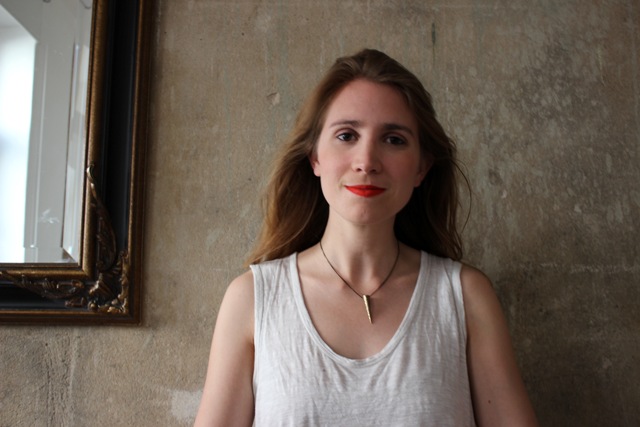 EMILY B. CATANEO: Gatekeepers are so important. We are all socialized to respond to specific stories about specific types of characters, and oftentimes, that socialization corresponds to our identities. If our gatekeepers were all socialized to respond to the same kind of story, well, that won’t lead to breadth and variety in our genre. We need more gatekeepers from different backgrounds and with different tastes, and we also just need more: more magazines, more anthologies, more publishers. There’s room for all of us in this field; we simply need to make that room.
EMILY B. CATANEO: Gatekeepers are so important. We are all socialized to respond to specific stories about specific types of characters, and oftentimes, that socialization corresponds to our identities. If our gatekeepers were all socialized to respond to the same kind of story, well, that won’t lead to breadth and variety in our genre. We need more gatekeepers from different backgrounds and with different tastes, and we also just need more: more magazines, more anthologies, more publishers. There’s room for all of us in this field; we simply need to make that room.
What’s next for you?
CHRISTINA SNG: I hope to finish my next poetry collection by the first half of the year which is ambitious because life gets pretty busy and I only have the night to work on my poetry. If I fall asleep, that time is gone so chocolate is my best friend. I also have a children’s chapbook to complete, a haiku book to finish editing, and a novel in three parts to begin. If only time turners exist…
STEPHANIE M. WYTOVICH: Right now, I’m finishing up an apocalyptic science fiction poetry collection titled, The Apocalyptic Mannequin, and it’s going on two years in the making right now, so it’s definitely my baby at the moment. I wanted to push myself to work on something new for my readers, and while there’s still a lot of my personal style in the book, the subject matter, approach, and themes are a tad different.
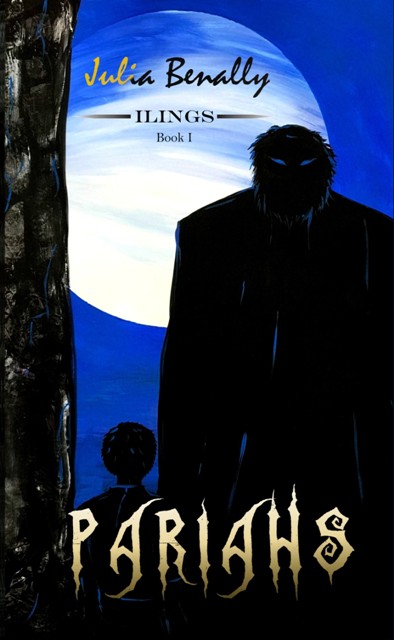 I’m also working to put out weird horror novelette this spring titled, The Dangers of Surviving a Slit Throat. This, too, is a bit different from me as it’s my first attempt at something bizzaro (ish), and it’s something that I’ve wanted to write ever since my aunt gifted me an antique radio. Matthew Revert did the cover art for it, too, so I’m beyond excited to put it in everyone’s hands soon!
I’m also working to put out weird horror novelette this spring titled, The Dangers of Surviving a Slit Throat. This, too, is a bit different from me as it’s my first attempt at something bizzaro (ish), and it’s something that I’ve wanted to write ever since my aunt gifted me an antique radio. Matthew Revert did the cover art for it, too, so I’m beyond excited to put it in everyone’s hands soon!
S.P. MISKOWSKI: I’m writing a new novel, and I hope to have news about that in the coming year. Fingers crossed!
JULIA BENALLY: Writing is what’s next for me. “Pariahs” is out, and now I’m working on the second book, and trying to get a bunch of my other short stories published. Other than that, who knows what the future might bring.
SABA SYED RAZVI: I mentioned some of my ongoing projects earlier, so I think I’ll have psychopaths, robots and demonic faeries on the brain for a while. I’m working on some stories that have to do with magic/sorcery, necromancy, divination, genies, a series of poems about tarot cards, and a novel that isn’t itself horror but is all about people who love horror (and so it is maybe a sort of commentary on the social implications of how we transgress and transcend what we love when we love the shadows and the darkness). If all goes well for me, I hope that this will be a productive writing year, and that maybe during the next Women in Horror Month, I might be able to talk about some completed new projects! 🙂
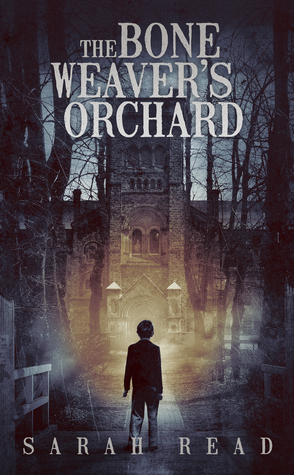 SARAH READ: I’ll be doing lots to promote my new novel, of course, and I’ll be at StokerCon and WisCon this year. I’ve just sold my debut collection to Trepidatio, so I’ll be working on that as well! And I’ll be wrapping up edits on my second novel shortly and sending that off into the world. I’m currently writing my third novel. I’ve had a few short story invites for 2019, so hopefully those all come to fruition. Pantheon Magazine will be taking a short hiatus while our publisher finishes up a new degree (and while I do this three books in one year madness), so I’ll have a little more writing time this year! I plan to put it to good use. I’ll also be spending time in Denver, New Orleans, and Chicago, hawking books so I can buy more books.
SARAH READ: I’ll be doing lots to promote my new novel, of course, and I’ll be at StokerCon and WisCon this year. I’ve just sold my debut collection to Trepidatio, so I’ll be working on that as well! And I’ll be wrapping up edits on my second novel shortly and sending that off into the world. I’m currently writing my third novel. I’ve had a few short story invites for 2019, so hopefully those all come to fruition. Pantheon Magazine will be taking a short hiatus while our publisher finishes up a new degree (and while I do this three books in one year madness), so I’ll have a little more writing time this year! I plan to put it to good use. I’ll also be spending time in Denver, New Orleans, and Chicago, hawking books so I can buy more books.
EMILY B. CATANEO: I’m finishing up my second short story collection in the form of my MFA thesis; it’s called Vainglory and Other Stories, and it’s a mixture of realism, fantasy, and everything in between, but every story features a so-called “bad woman” (some of them misunderstood, some of them actually deeply flawed). I’m also working on a novel, as of yet untitled, about spooky happenings by the ocean. It promises to be very gothic.
And that’s our roundtable for this year! Tremendous thanks to these seven fabulous female authors! It was an absolute pleasure talking with each of them!
Happy reading, and happy Women in Horror Month!

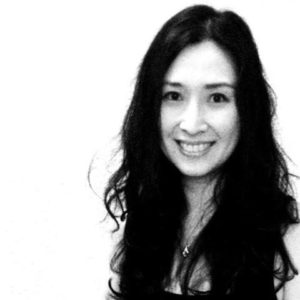
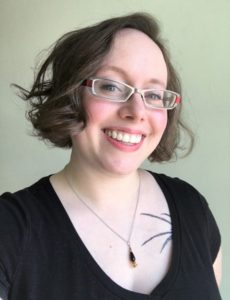
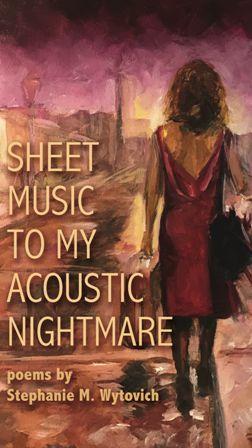
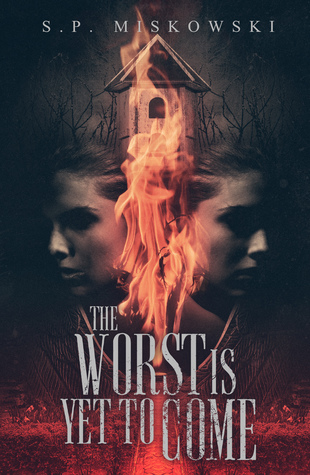
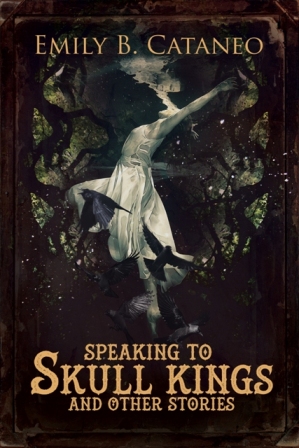
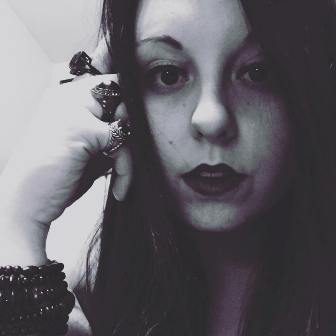
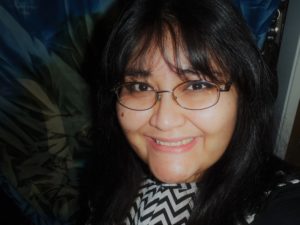
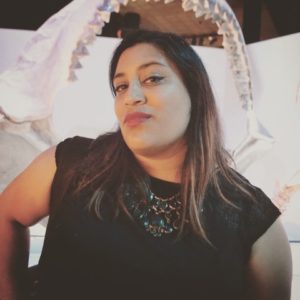
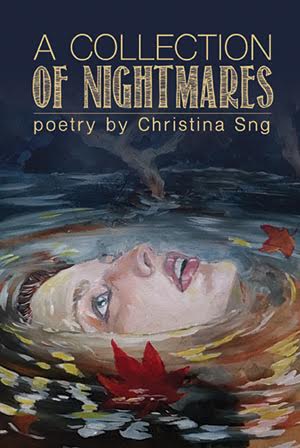
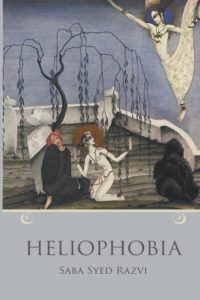
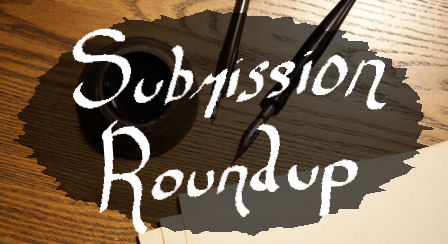 Lackington’s
Lackington’s